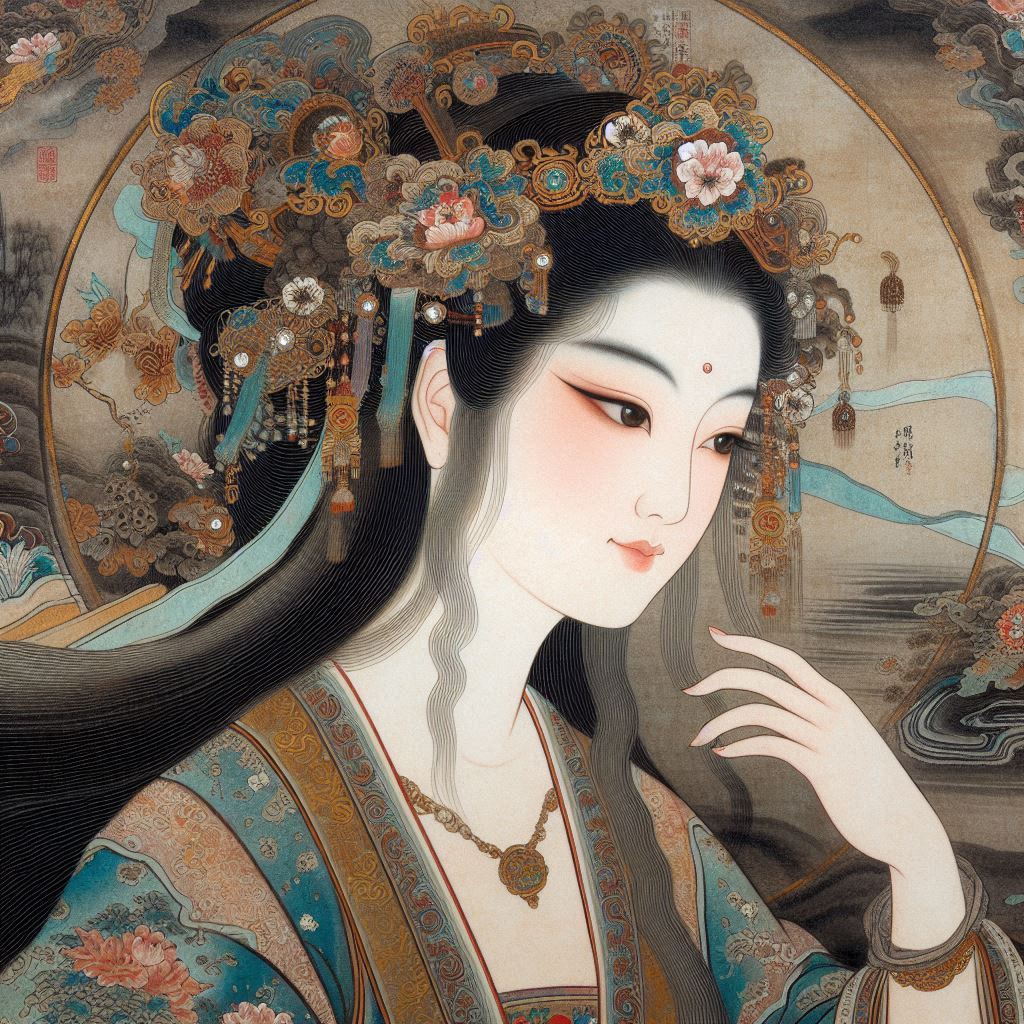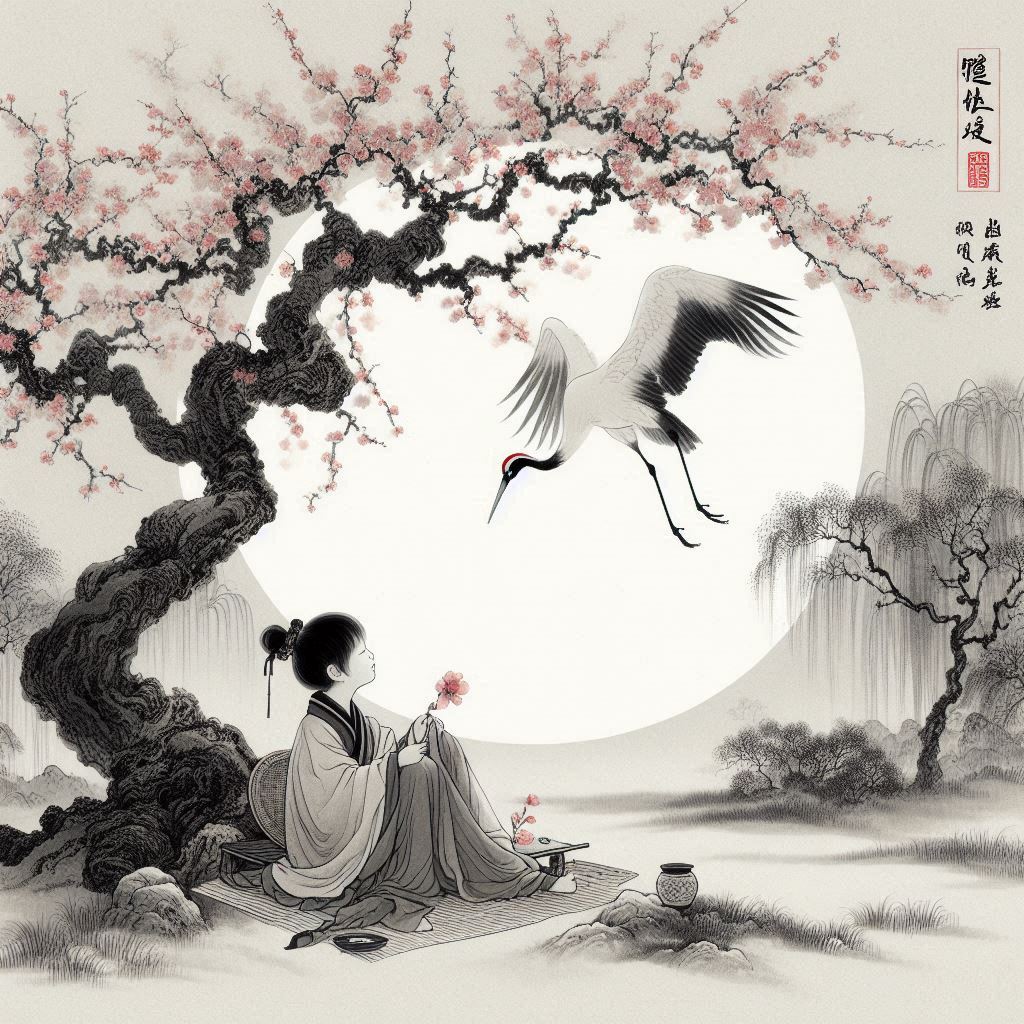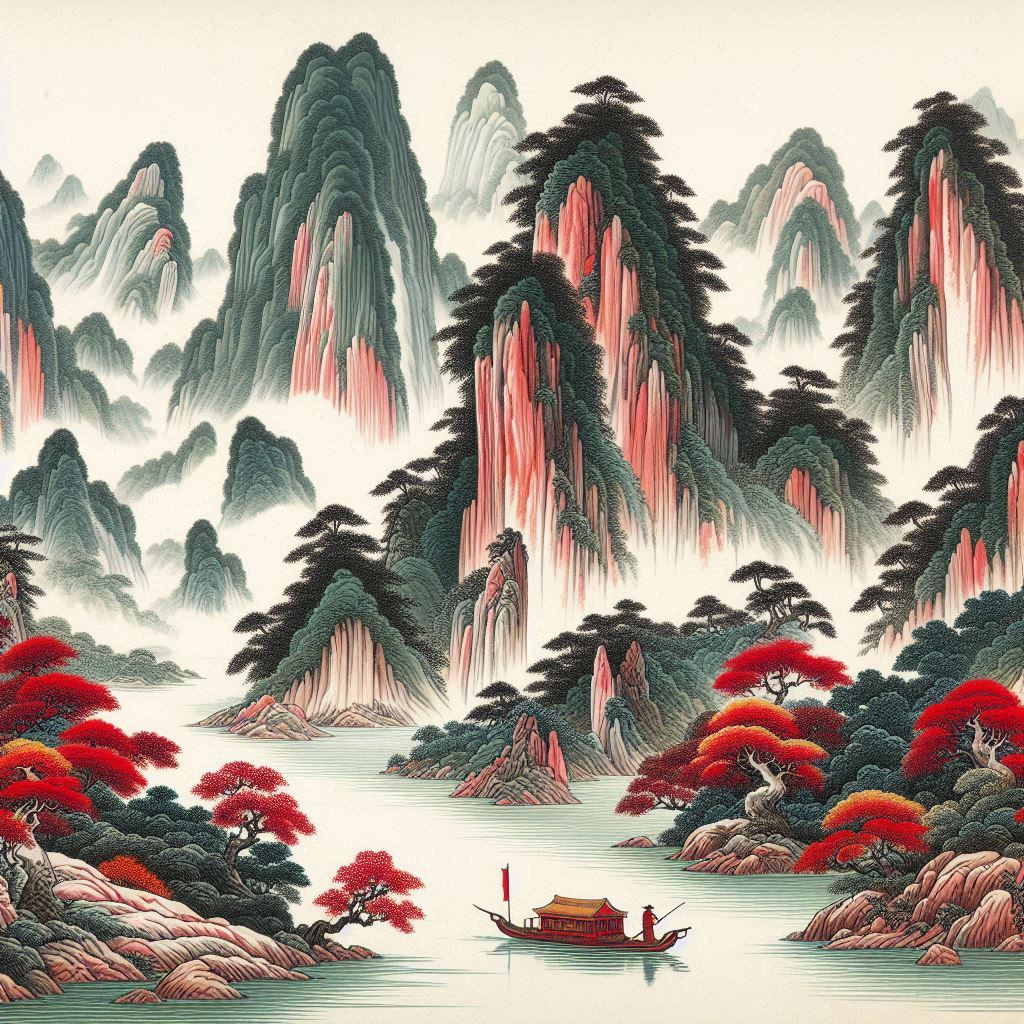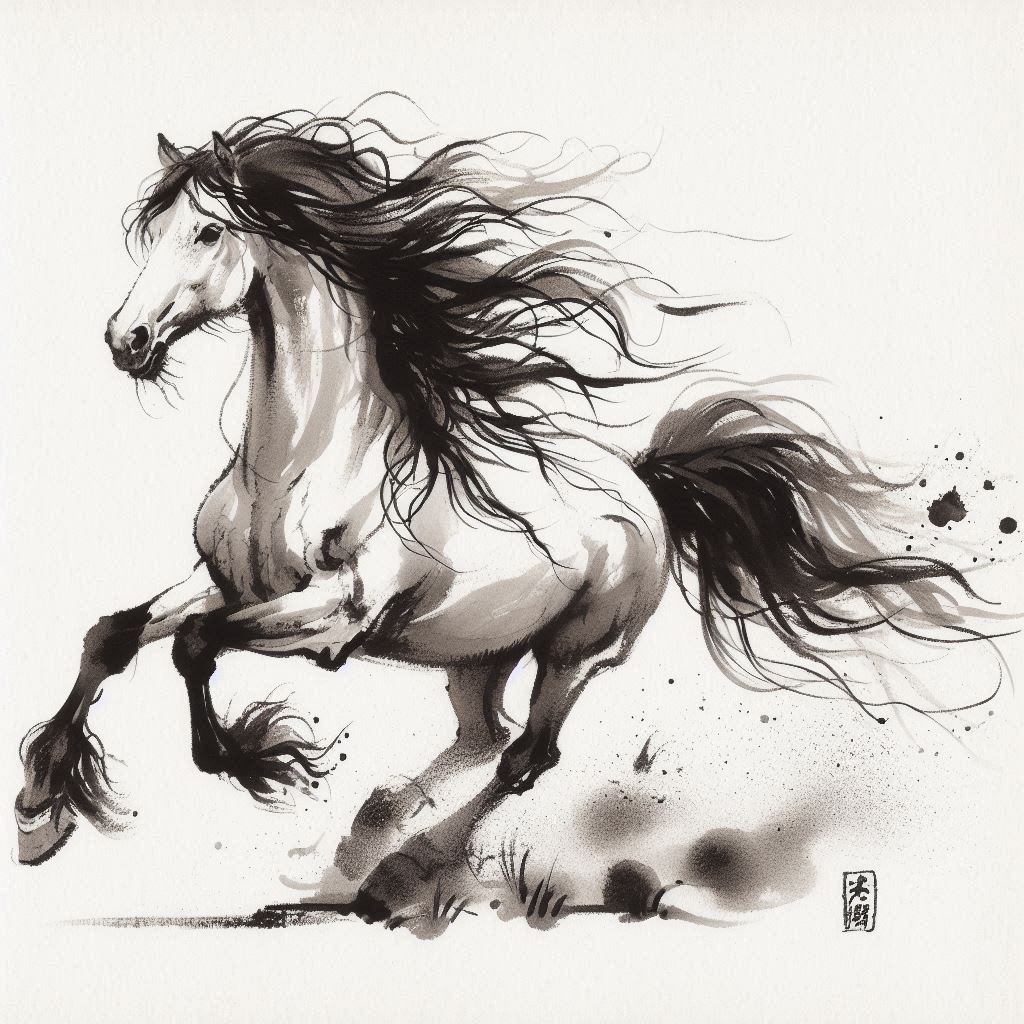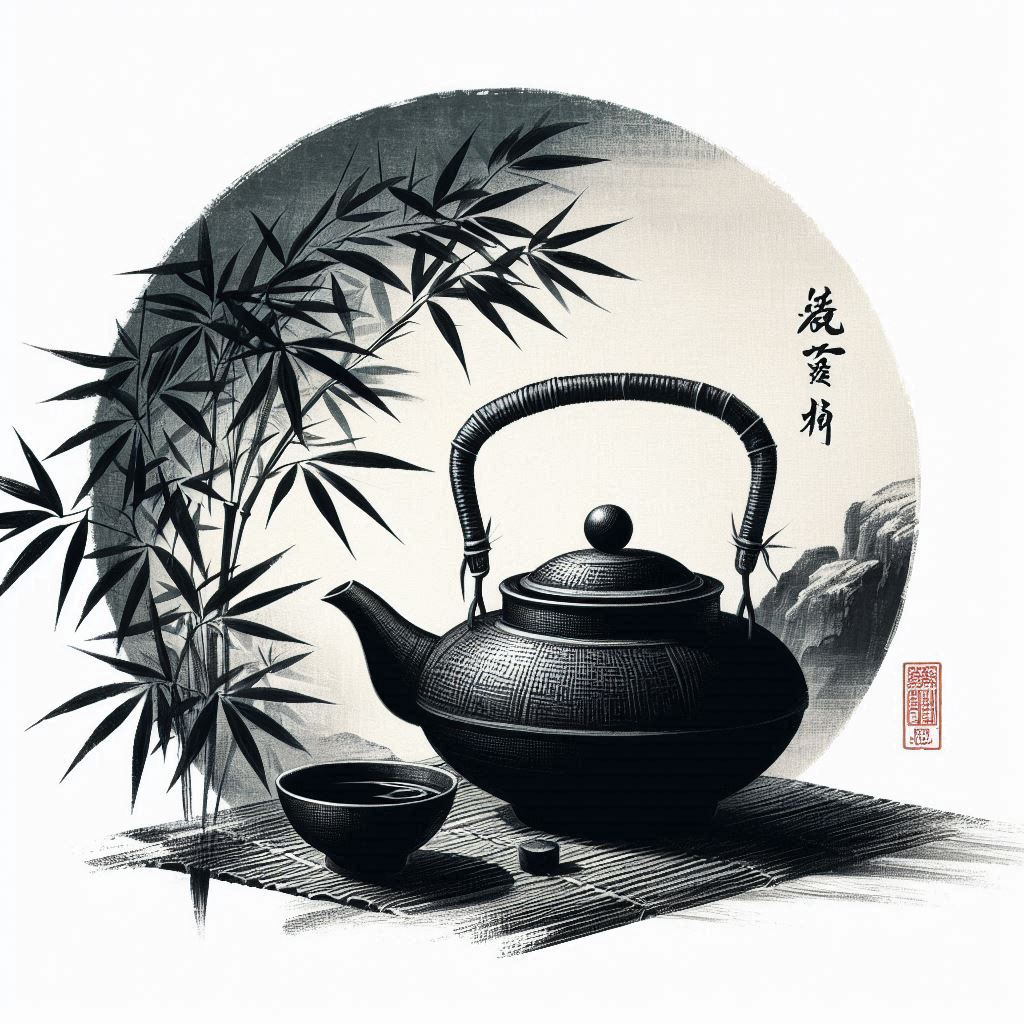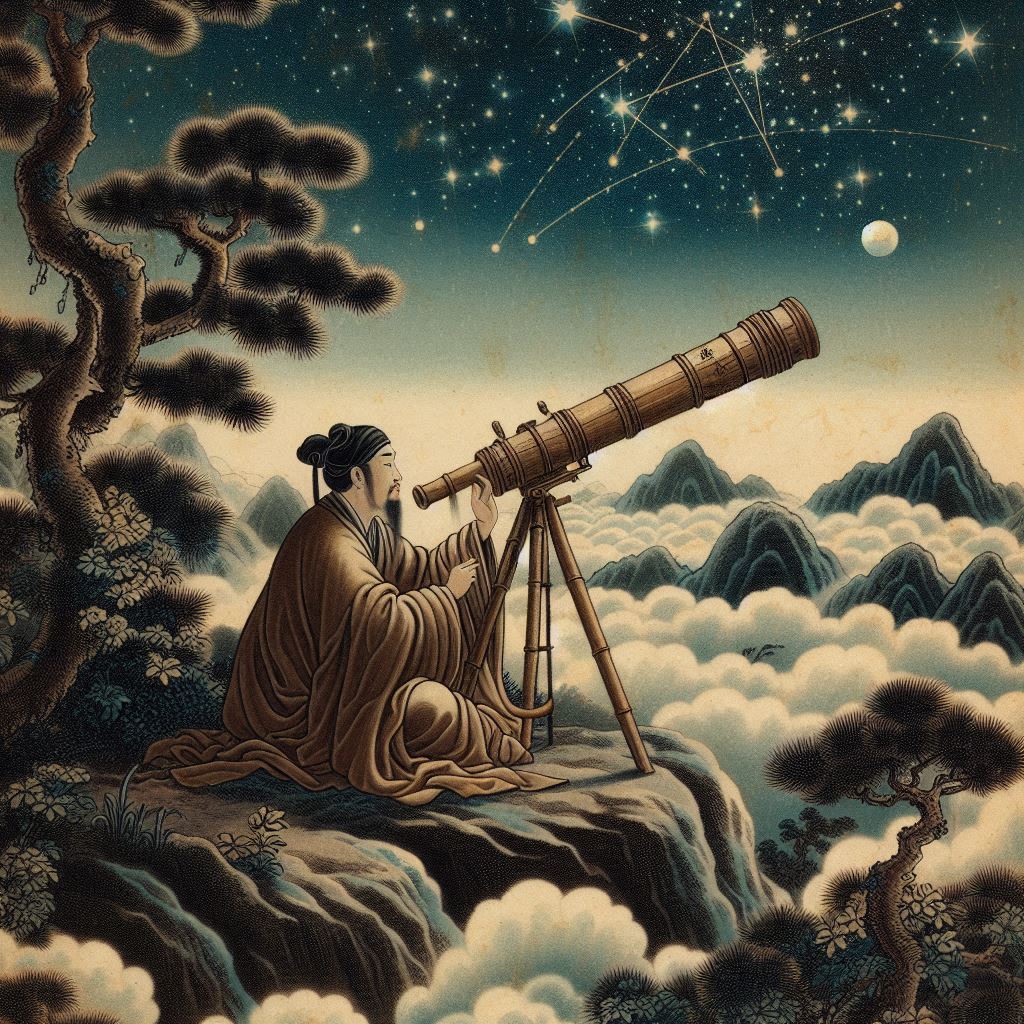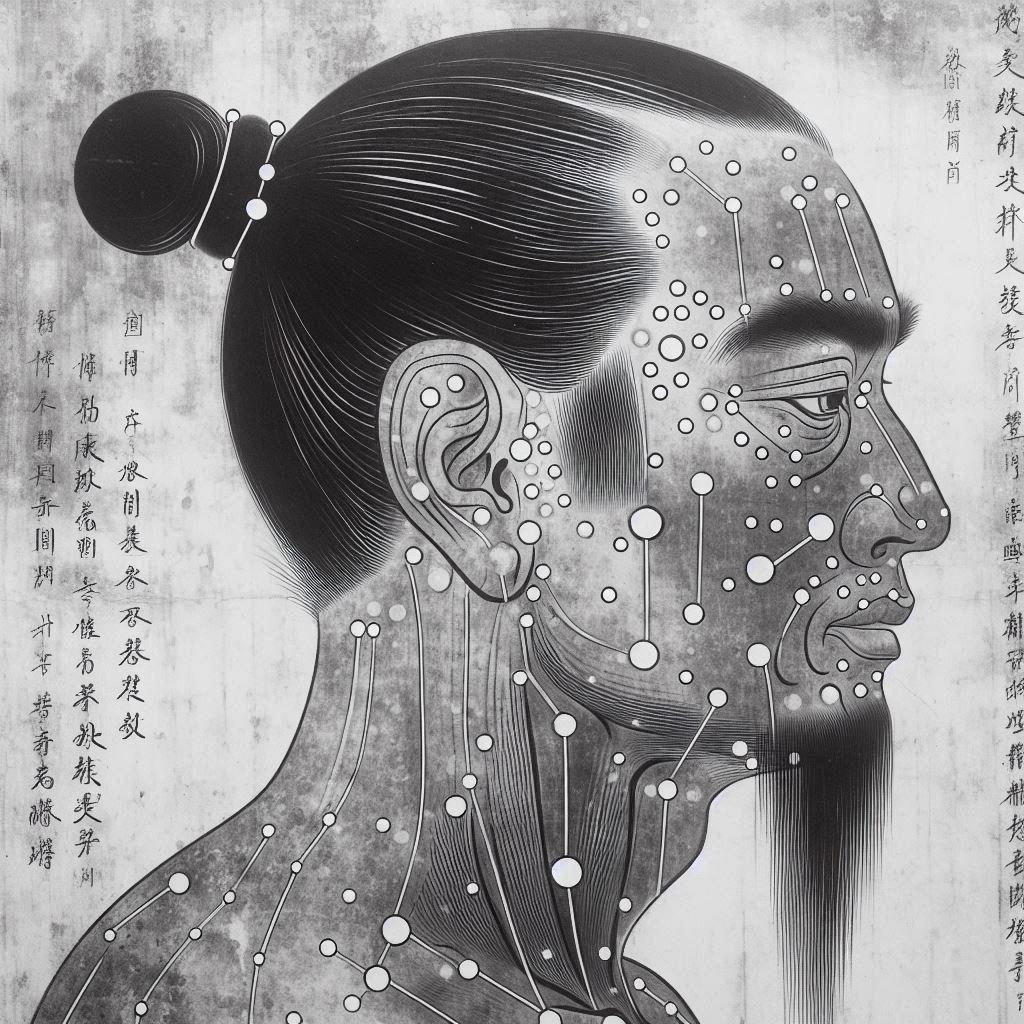When Autumn arrives the quality of the air changes so quickly and vividly as if someone did a magic spell on nature. The humid and hot late-summer air transforms into a crisp, dry autumn air literarily within a day.
Dryness governs season autumn. In that season the grass dries, the leaves dry and fall from the trees, the seeds dry…and so does the body.
Dryness in the body is predominantly felt at the areas that are in contact with the outside dry environment – skin, nose, mouth, lips. Dry, cracked lips are major sign of dehydration – in the past it used to be thirst but now, maybe because of our busy lives, we somehow adapted to feeling thirsty and thirst often fails to warn us on time to supplement our body with fluids. Dry skin, dry hair, dry nose, mouth or throat, dry lips … are further developed signs that our body is dehydrated and needs liquids and moisture.
Since the Lung is the uppermost organ in the torso it will be the first organ to meet the external attack of dryness. Dry cough, dry sputum, dry nose and throat (governed by the Lung) will be some of the first symptoms of dryness attack. Scanty and yellow urination (major dehydration sign) and constipation (not enough fluids to moisten the intestine) are other symptoms of body dryness.
External, seasonal dryness is usually acute – it comes and goes with the season. Living permanently in dry environment will create chronic dryness. An imbalance between Yin and Yang can also cause chronic internal dryness (to learn how and why please click here). In any case – acute, chronic, internal or external – dryness needs to be counteracted with supplementing moisture.


Moistening the body can be done not only with fluids but also with foods. Autumn – Element Metal, color white – offers a big variety of white color moistening foods that are beneficial for the Lung and the whole body. Eggs, milk and dairy products are one example. Tofu, tempeh and soy milk are great “white alternatives” for vegans. Pork – “white meat” – is another protein with moistening property. Pear – a fall fruit and white fungus – largely available during fall, raw almonds and white sesame seeds all moisten dryness. Sugar – another white substance – has moistening and damping quality.


We never want to take moistening foods excessively or for longer periods of time because they will impair the Spleen. The Spleen likes warm and dry and the moistening foods are usually cold and dampening (In traditional Chinese medicine the Spleen is referred to as the collective work of some organs and systems participating in the digestion rather than the anatomical organ spleen.) It is always beneficial to add some warming foods to aid the digestion and balance the cold and damping nature of the moistening foods. Such foods could be ginger, old onion and garlic. We still benefit the Lung with their white color but we also pour some warm energy into the Spleen. Combining the white moistening foods with some yellow-orange color foods (which have warm or neutral nature) will also be beneficial.



